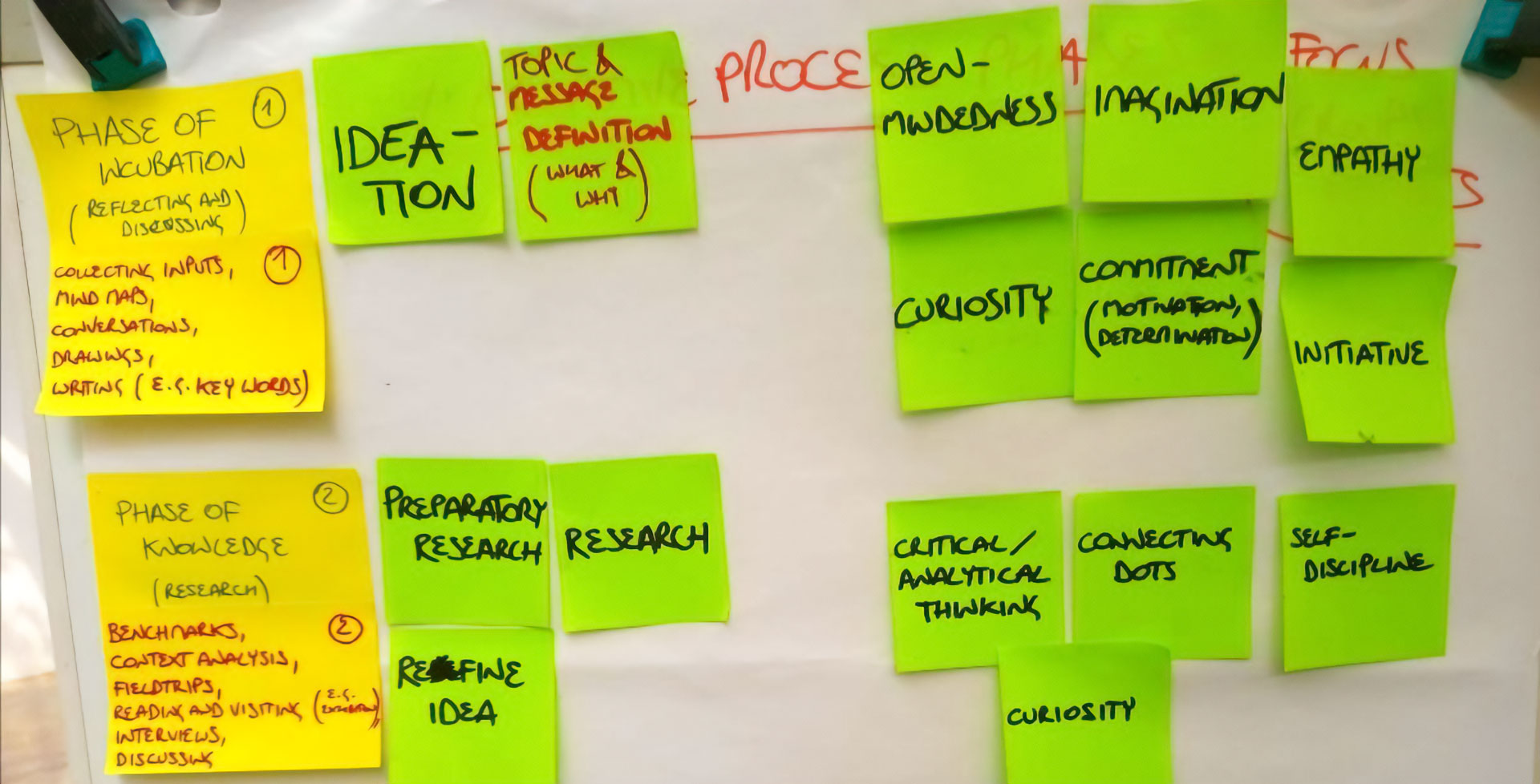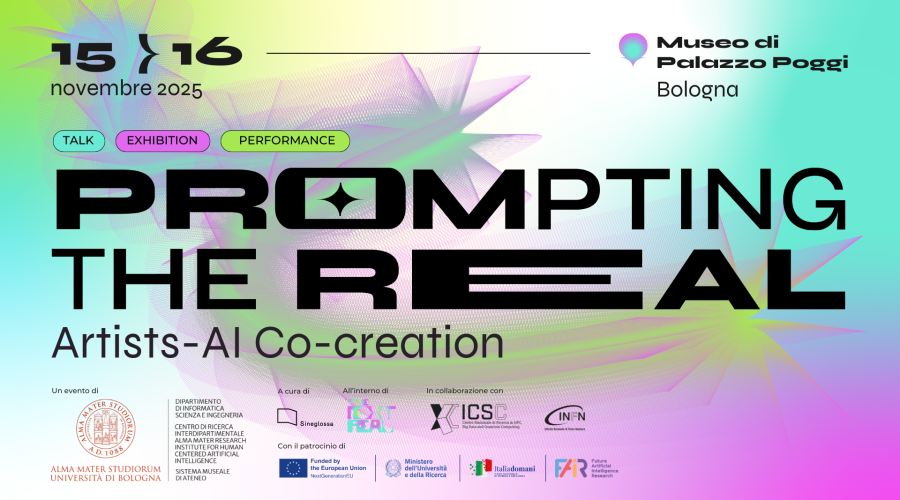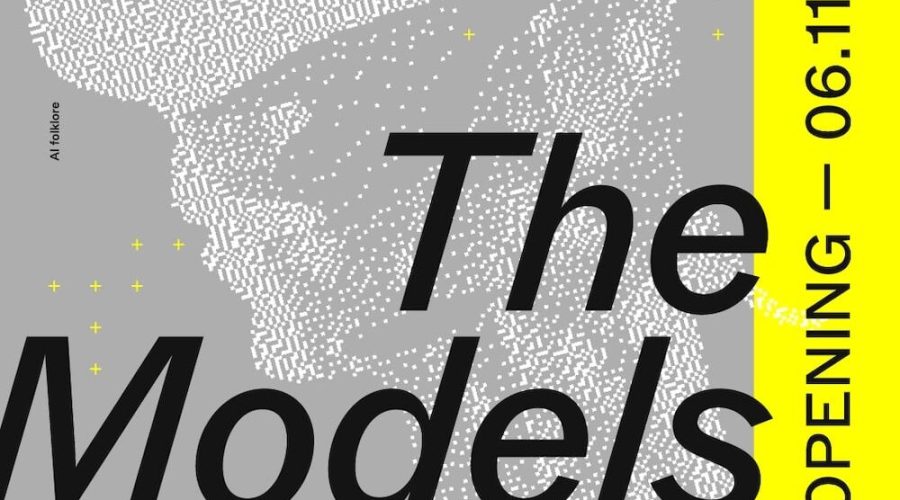For the WeSTEAM project, an E+ program that adds Art in the STEM (Science Technology Engineering Mathematics) acronym to make STEM disciplines more attractive to women, Sineglossa initiated the first action research: a focus group to produce the WeSTEAM skills Framework.
The goal of this project step is to study the stages, actions and skills of a creative process, assuming that creativity is not the prerogative of art, but the work of theǝ scientistǝ can also be called creative. If anything, it is the approaches and skills brought into play that distinguish the two processes.
To gather data on what characteristics artistic and scientific processes share, or differentiate, we organized a focus group aimed at artists and scientistats, asking them how a creative process works.
Preview the results obtained: there are keywords (in purple) that appear in both columns, however, associated with different stages of the process.

Apart from some differences in the distribution of steps and choice of words, the artistic and scientific creative process have many commonalities:
- The centrality of research,
- empathy and disruptive thinking as key skills,
- The importance of exchange with the outside world.



